Profile / Characteristics
| English translation | Latin declination and pronunciations | Size/ °² | # stars (visible) |
| the King | Cepheus – SEE-fyoos, SEE-fee-us, SEF-ee-us Cephei – SEE-fee-eye, SEF-ee-eye | 588 | 156 |
Main Star (brightest one):
| Designation | HIP number | name in IAU-CSN | brightness |
| α Cep | HIP 105199 | Alderamin | 2.46 mag (V) |
Our (modern) Explanation
King Cepheus is the father of Princess Andromeda.
Ancient Globes
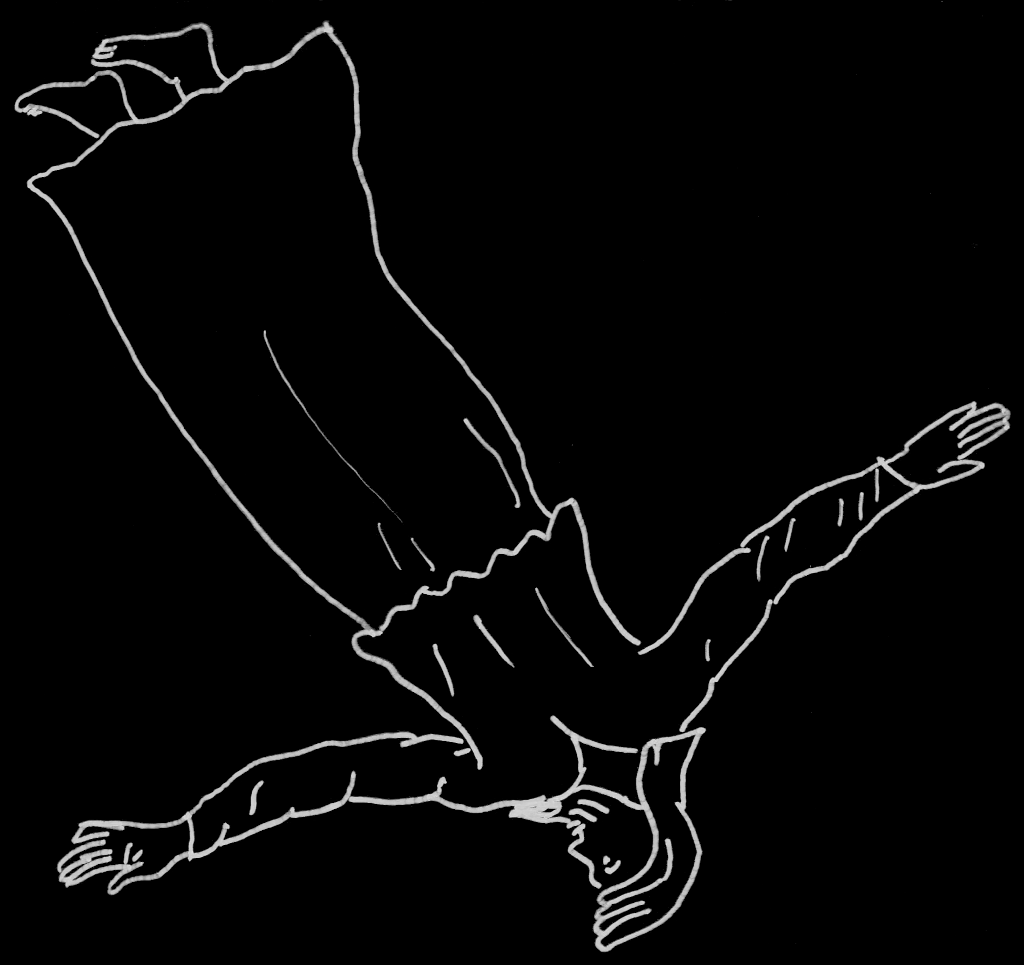
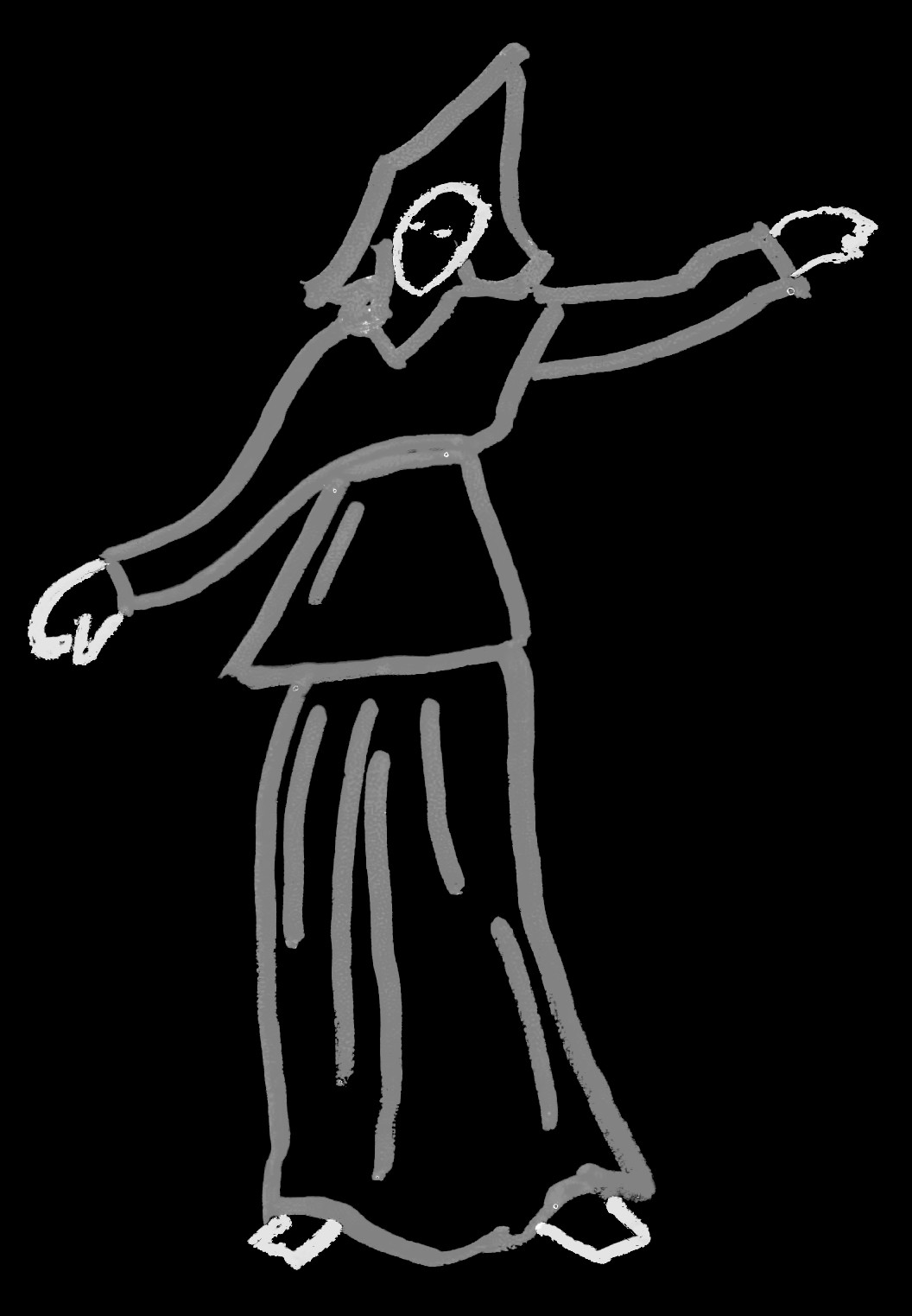
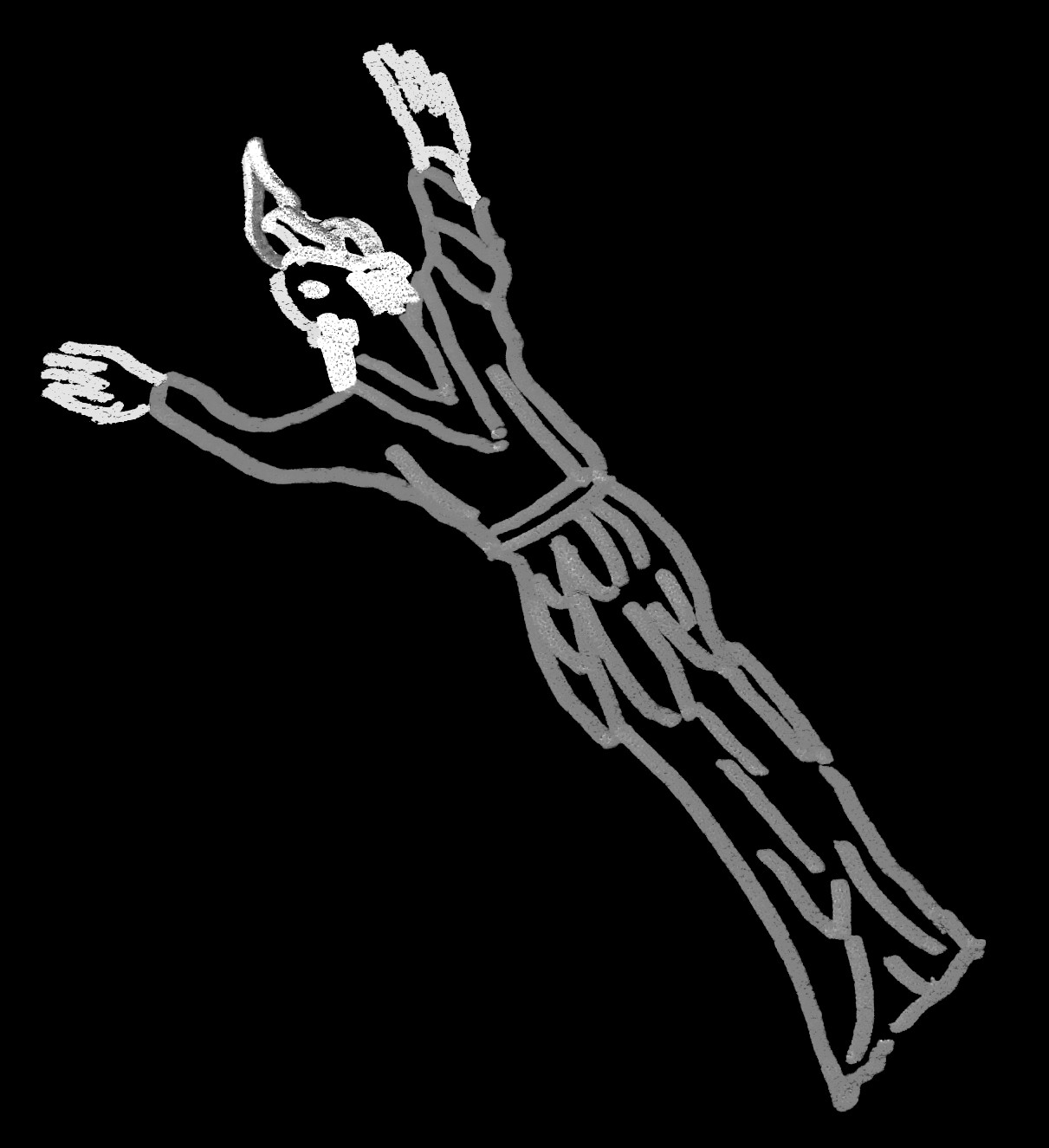
Farnese Globe
Kugel Globe
Mainz Globe
Ancient Lore & Meaning
Aratus
[179] Nor all unnamed shall rest he hapless family of Iasid Cepheus. For their name, too has come unto heaven, for that they were near akin to Zeus. Cepheus himself is set behind the Bear Cynosura, [308?] Then, too, at the close of night Cynosura’s head runs very high, but Orion just before the dawn wholly sets and Cepheus from hand to waist.
Reference:
English translation by Douglas Kidd (1997).
Aratus: Phaenomena, Cambridge Classical Texts and Commentaries, Series Number 34
Pseudo-Eratosthenes
he is the father of Andromeda, who sacrificed his daughter to a sea monster
References:
French translation by:
Jordi Pàmias i Massana and Arnaud Zucker (2013). Ératosthènes de Cyrène – Catastérismes, Les Belles Lettres, Paris
English version in:
Robin Hard (2015): Eratosthenes and Hyginus Constellation Myths with Aratus’s Phaenomena, Oxford World’s Classics
Modern and Mediaeval Depiction
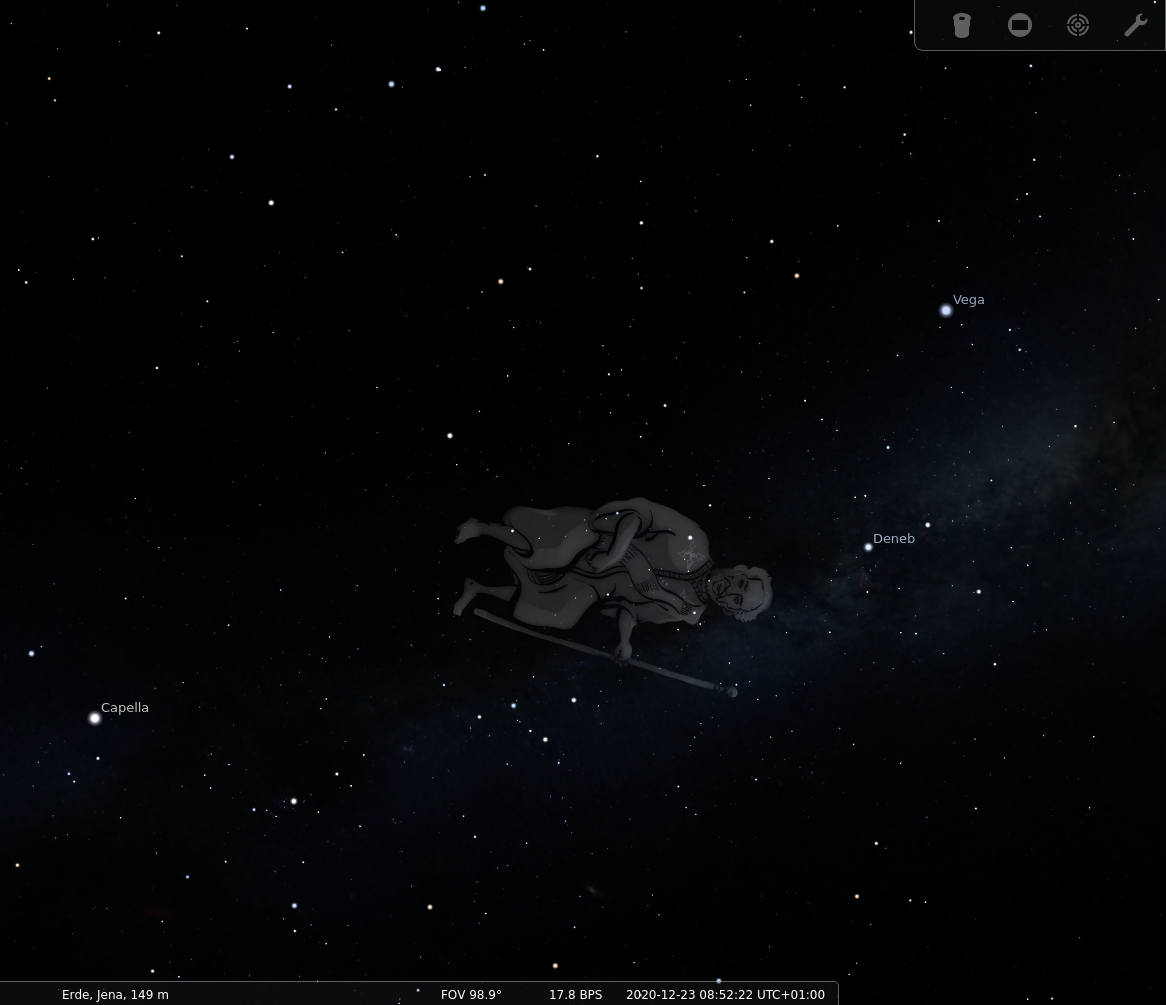
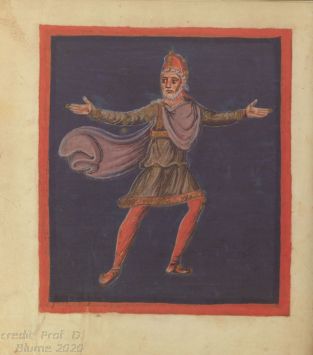
Depiction in Stellarium (by Fabien Chéreau, since 2000 CE)
depiction in the Leiden Aratea (9th century CE)
Early Modern Interpretation
Contemporary
As one of their first tasks in the 1920s, the newly founded International Astronomical Union (IAU) established constellation standards. The Belgian astronomer Eugène Delporte was assigned to the task to define borders of constellations parallel to lines of declination and right ascension. They were accepted by the General Assembly in 1928. The standardized names and abbreviations had already been accepted in 1922 and 1925.

